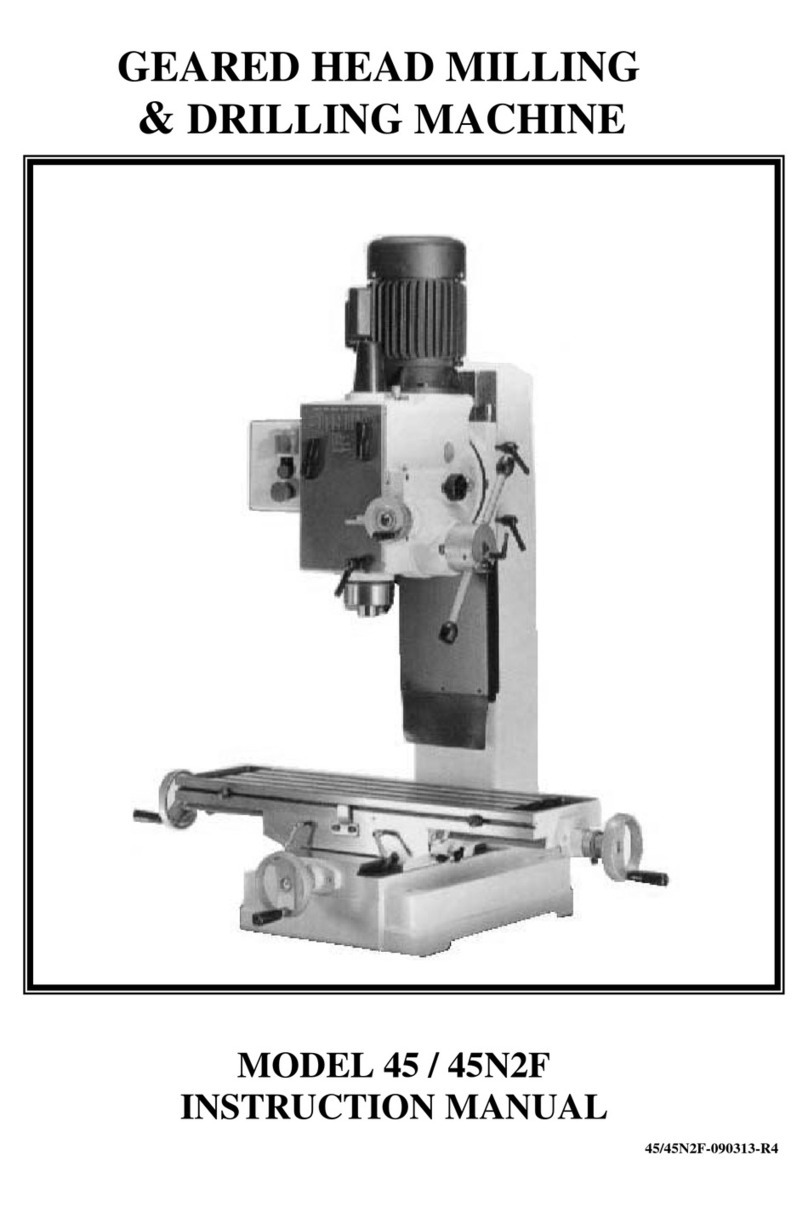Rong Fu 45 User manual




















Other manuals for 45
1
This manual suits for next models
1
Table of contents
Other Rong Fu Drill manuals
Popular Drill manuals by other brands
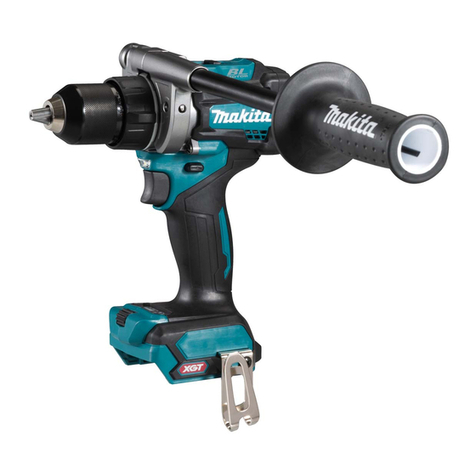
Makita
Makita DF001GZ instruction manual

Florida Pneumatic
Florida Pneumatic FP-3251 operating instructions
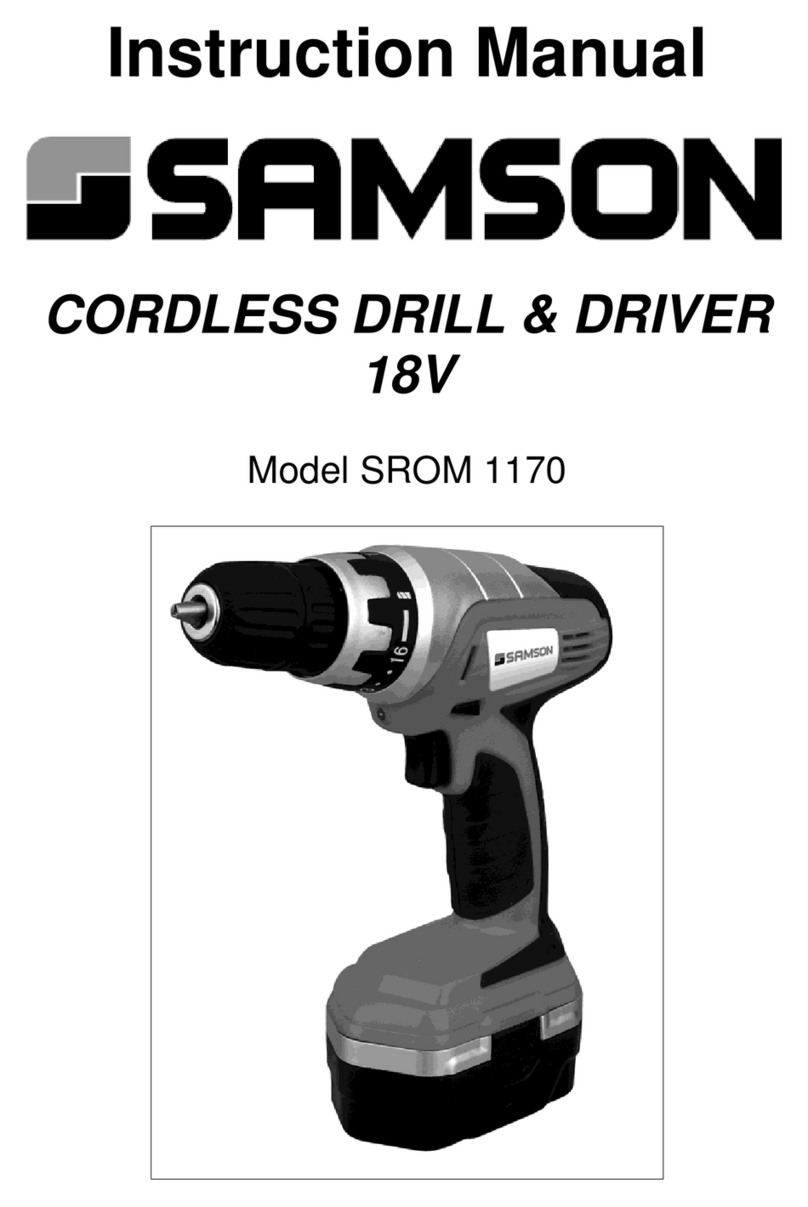
Samson
Samson SROM 1170 instruction manual

Parkside
Parkside PBH 1550 B2 Translation of the original instructions
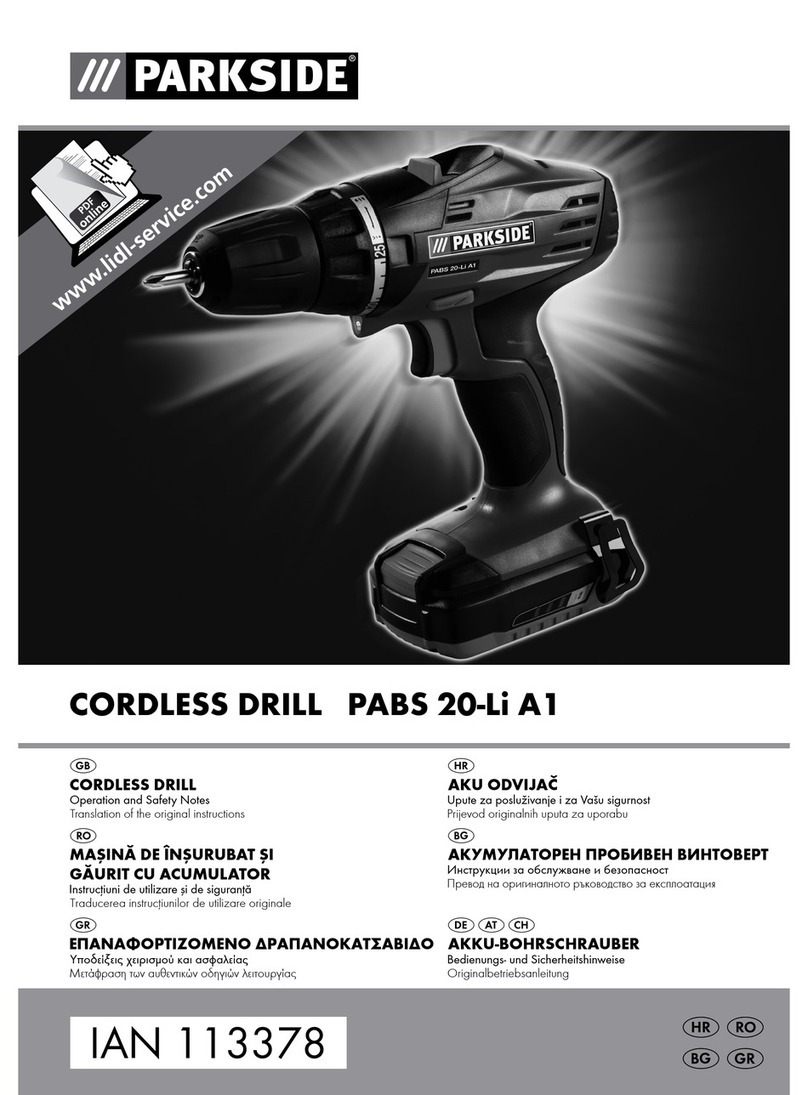
Parkside
Parkside PABS 20-Li A1 Operation and safety notes
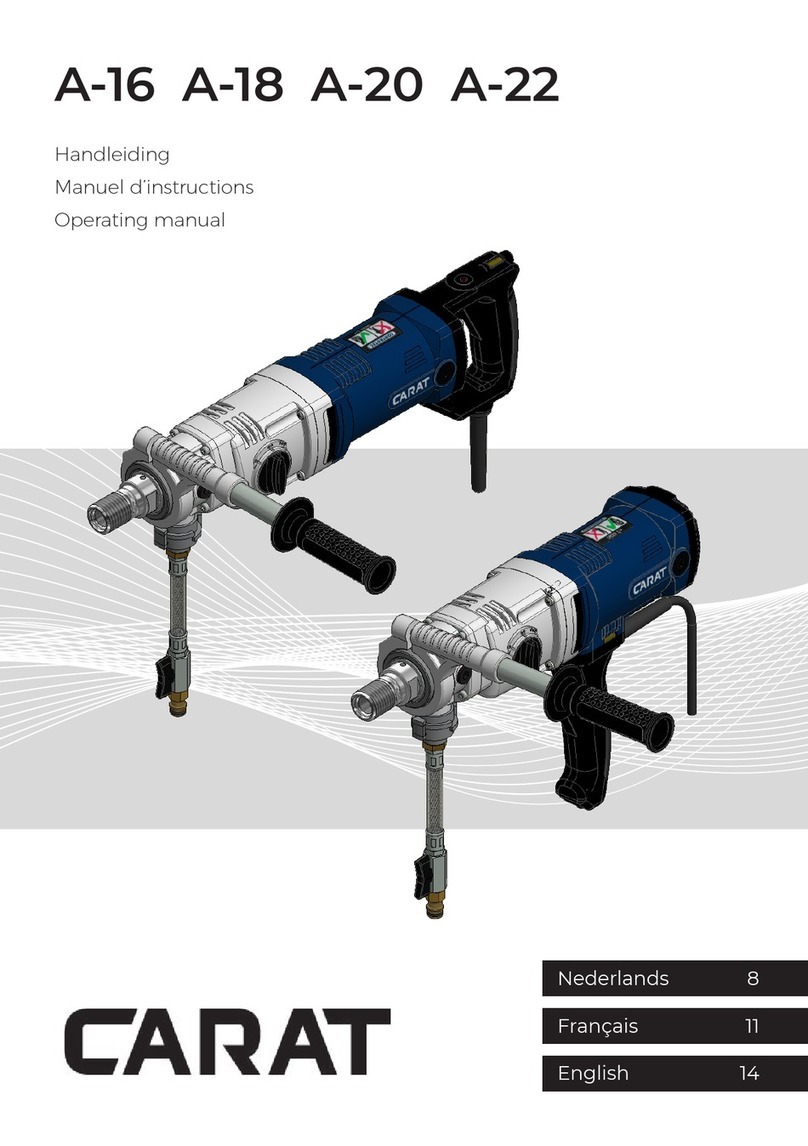
Carat
Carat A-16 Series operating manual

Bosch
Bosch GSB 13 RE Original instructions

EINHELL
EINHELL TC-ID 500 E Original operating instructions

DeWalt
DeWalt DW152 Original instructions
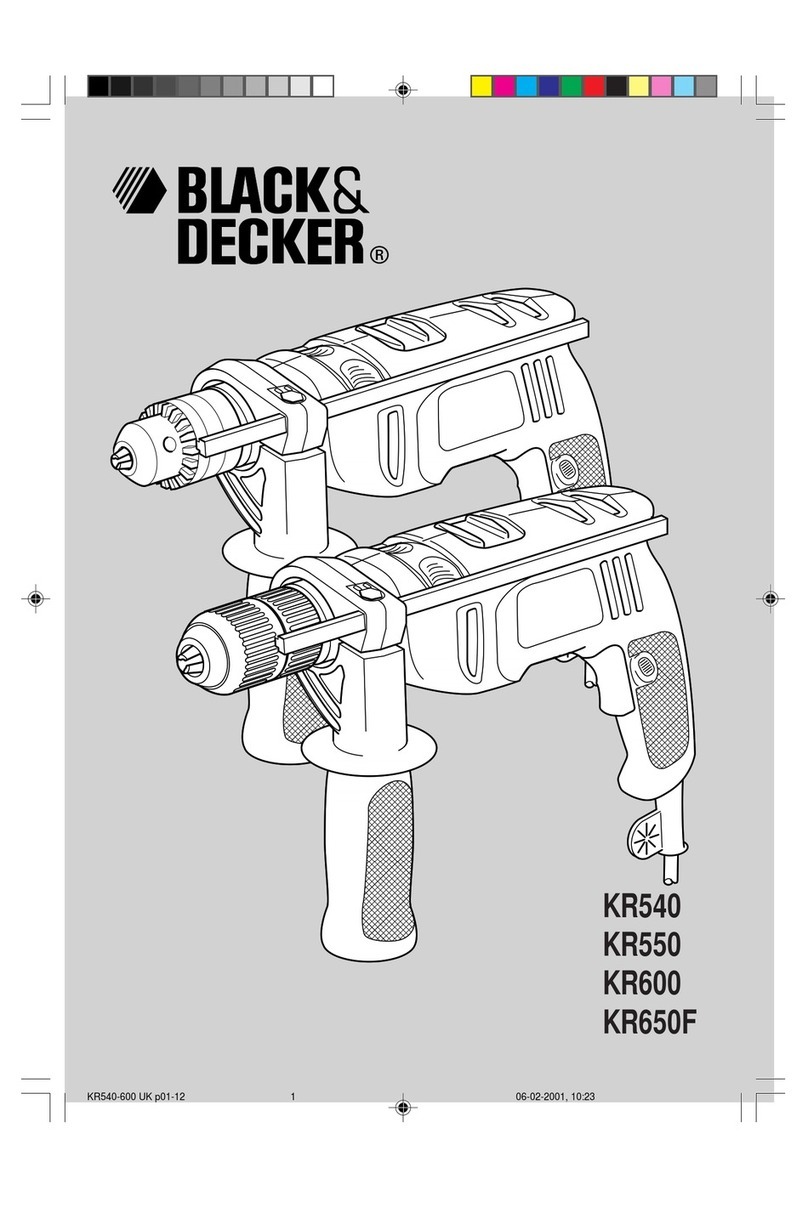
Black & Decker
Black & Decker KR540 Original instructions

Chicago Pneumatic
Chicago Pneumatic CP879 instruction manual

PrimeCables
PrimeCables CAB-CT317 Operator's manual

Hitachi
Hitachi VTP-18 Handling instructions
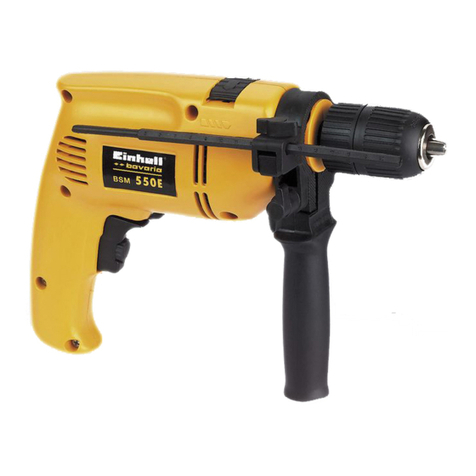
EINHELL Bavaria
EINHELL Bavaria BSM 550E operating instructions
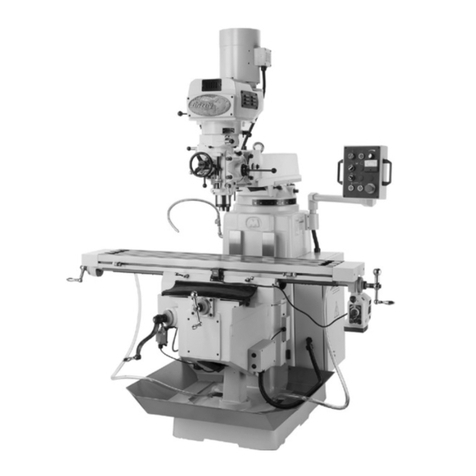
Grizzly
Grizzly G0669X parts list
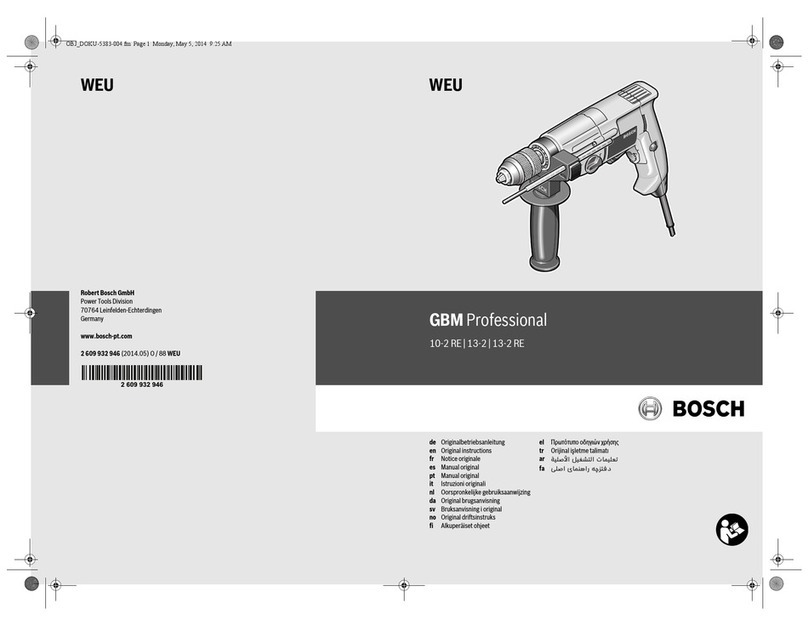
Bosch
Bosch GBM Professional 10-2 RE Original instructions
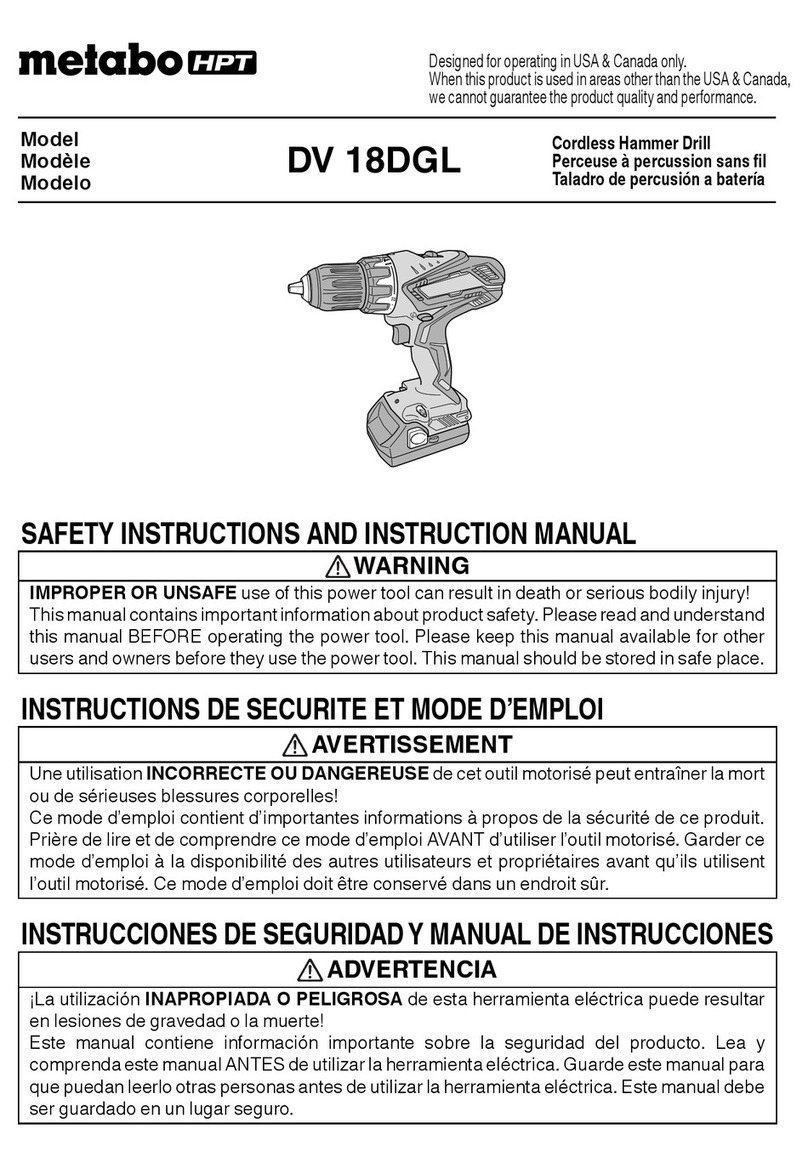
Metabo HPT
Metabo HPT DV 18DGL Safety instructions and instruction manual

Makita
Makita 6213D instruction manual
